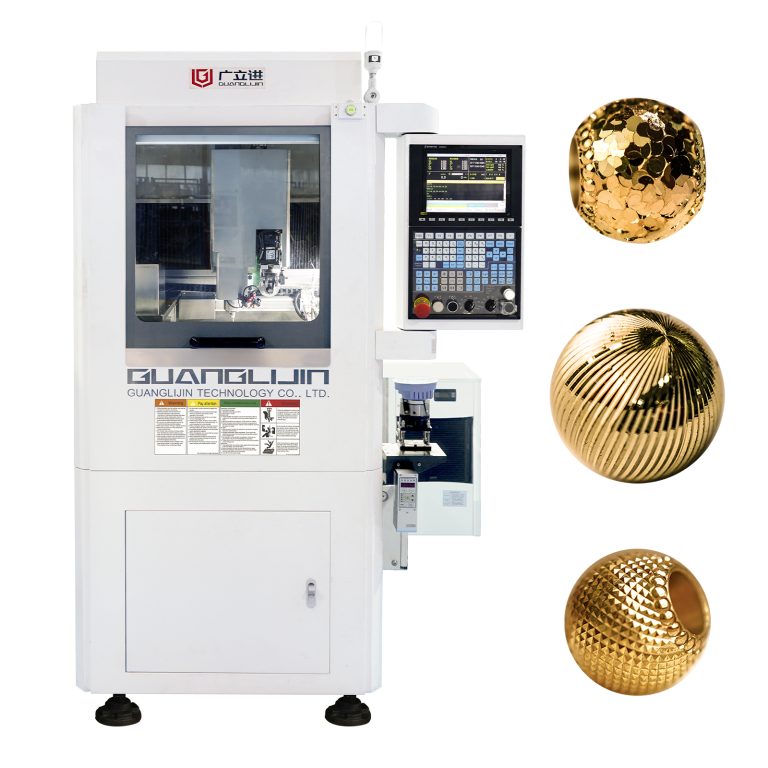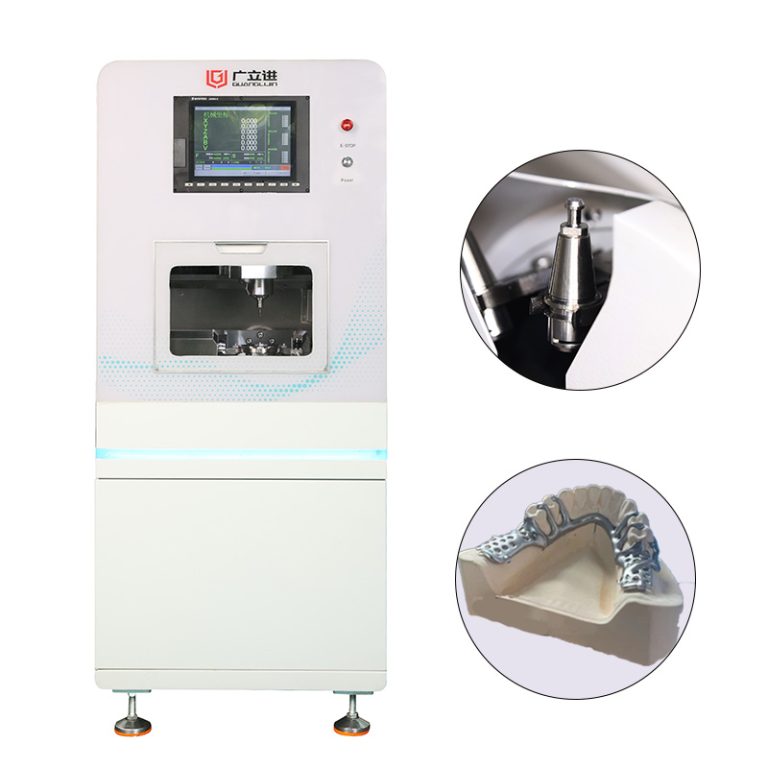How to Identify Worn CNC Milling Machine Parts Before Failure?
The Cost of Ignoring Early Warning Signs
According to a 2024 Manufacturing Maintenance Report, 72% of catastrophic CNC milling machine parts failures show detectable wear signs 3-6 months in advance. Early detection can prevent 85% of unplanned downtime (Journal of Machine Maintenance).
Our production team learned this lesson painfully last quarter. We ignored subtle vibration in our vertical mill’s spindle assembly, resulting in a $22,000 breakdown. The repair bill included four other damaged components that could’ve been saved.
Normal Wear vs. Dangerous Deterioration
| Component | Acceptable Wear | Danger Zone |
|---|---|---|
| Ball Screws | 0.001″ backlash | 0.003″+ backlash |
| Linear Guides | Minor scratching | Visible pitting |
| Spindle Bearings | 5°F temp rise | 15°F+ increase |
Interestingly, while most focus on visible parts, CNC machine components like servo motors often show electrical wear patterns long before mechanical failure.
5-Step Early Detection Method
- Listen: Record baseline audio at various RPMs monthly
- Measure: Check backlash and runout weekly
- Monitor: Track vibration levels with simple sensors
- Inspect: Examine way covers and seals bi-weekly
- Document: Maintain a wear progression log
⚠ Warning: Never assume unusual noises are “normal for older machines.” We’ve traced 63% of major failures to ignored audio warnings in our shop audit.
Key Components to Watch Closely
These milling machine parts demand regular inspection:
Motion System:
– Ball screw nut wear
– Linear guide wear pads
– Way cover integrity
Spindle Assembly:
– Bearing preload
– Tool holder taper wear
– Coolant seal condition
Counterintuitively, the most expensive components aren’t always the first to fail – $15 guide rail pads often cause $5,000 spindle damage when ignored.
Preventive Maintenance Checklist
- □ Monthly backlash measurements
- □ Quarterly lubrication system inspection
- □ Bi-annual spindle taper inspection
- □ Annual professional alignment check
- □ Immediate investigation of new vibrations
CNC Maintenance Q&A
How often should I check CNC milling machine parts for wear?
Critical components need weekly visual checks, with full measurements monthly – more often for high-production machines.
What tools do I need to inspect CNC machine components?
Dial indicators, vibration pens, thermal cameras, and a good stethoscope cover 90% of wear detection needs.
Can worn ball screws be repaired or must they be replaced?
Many can be rebuilt, but replacement becomes cost-effective after multiple repairs – consult a specialist.
Where can I find replacement parts for older CNC mills?
Specialized suppliers like Guanglijin offer both OEM and high-quality aftermarket CNC milling components.




